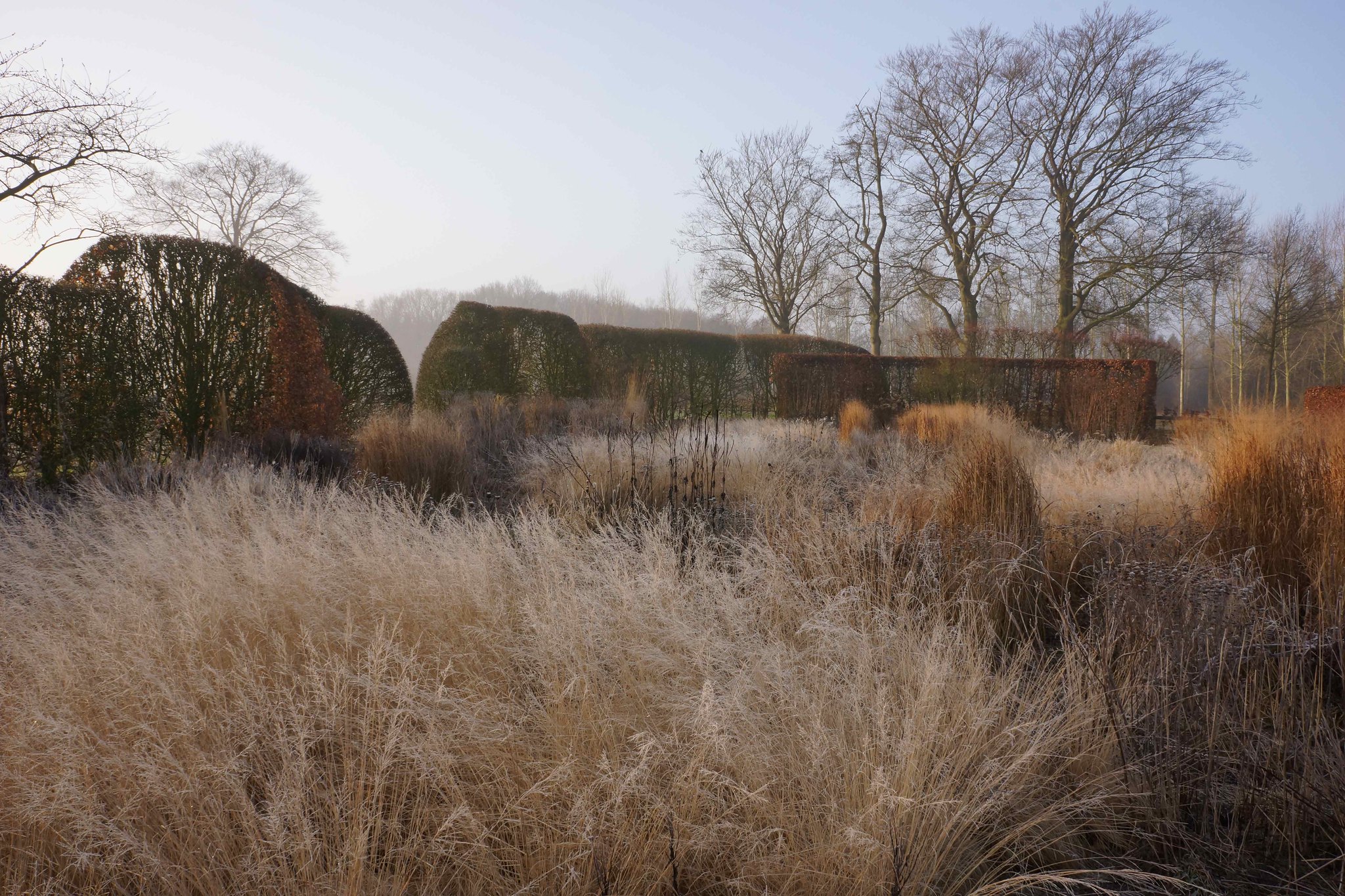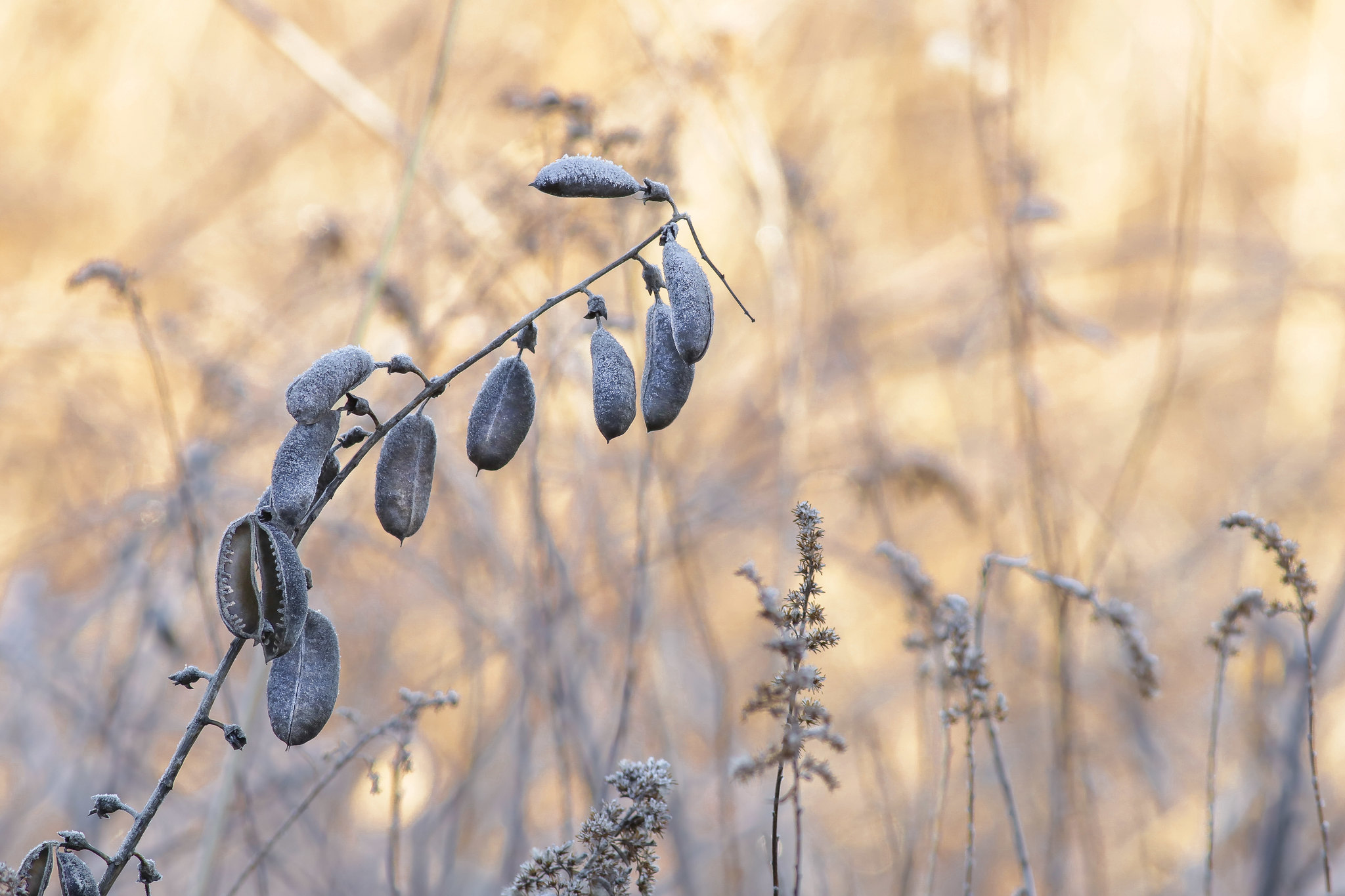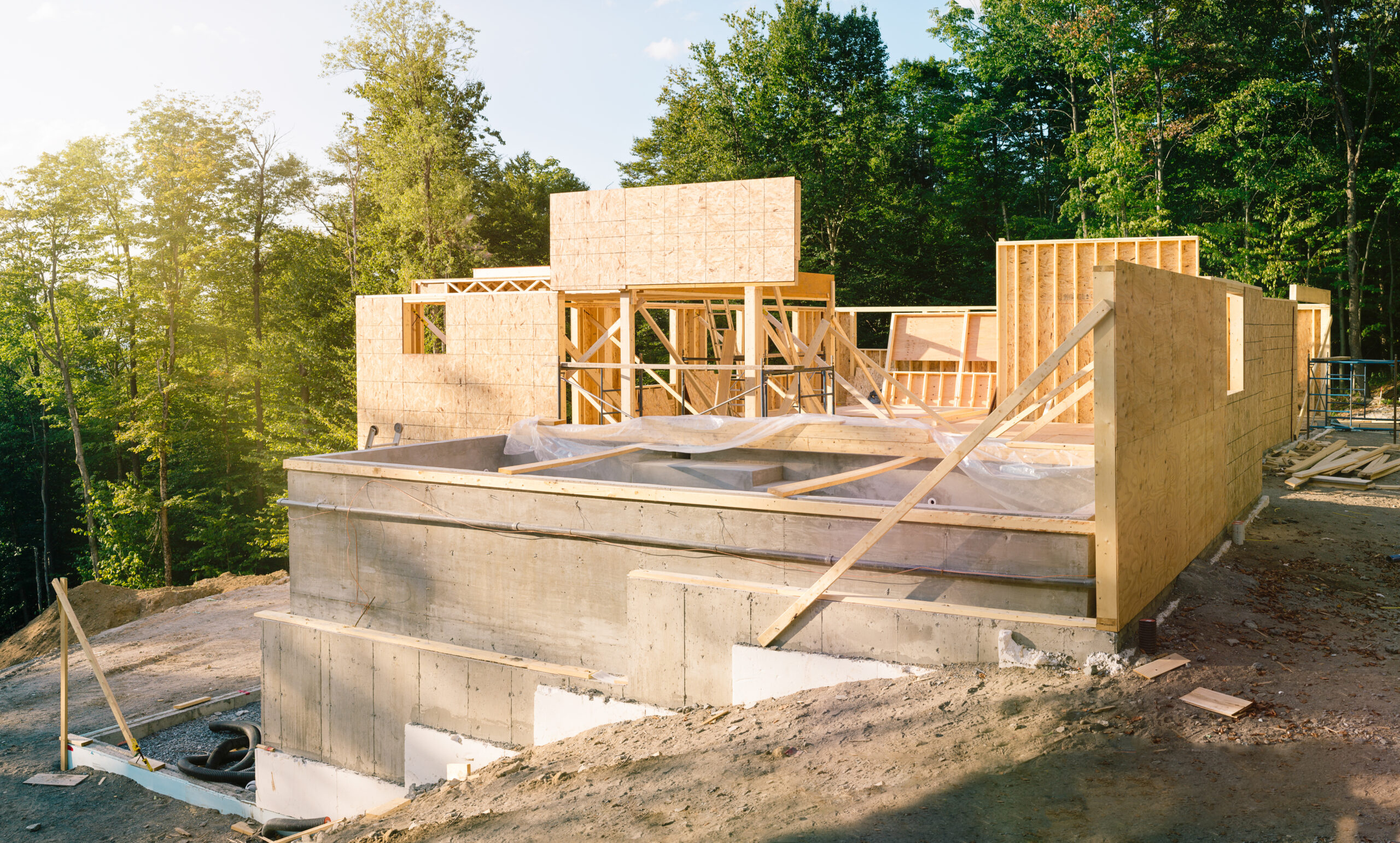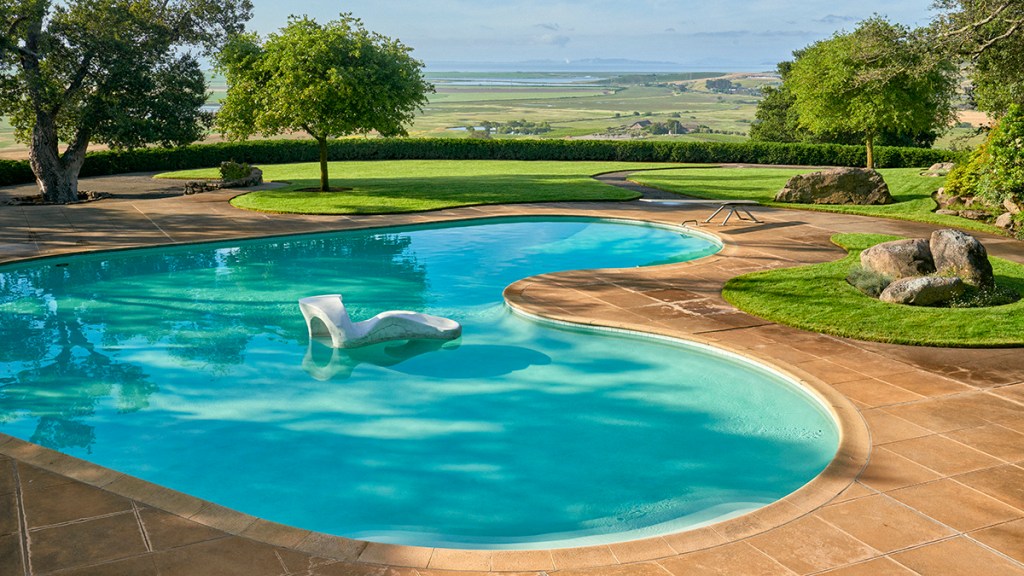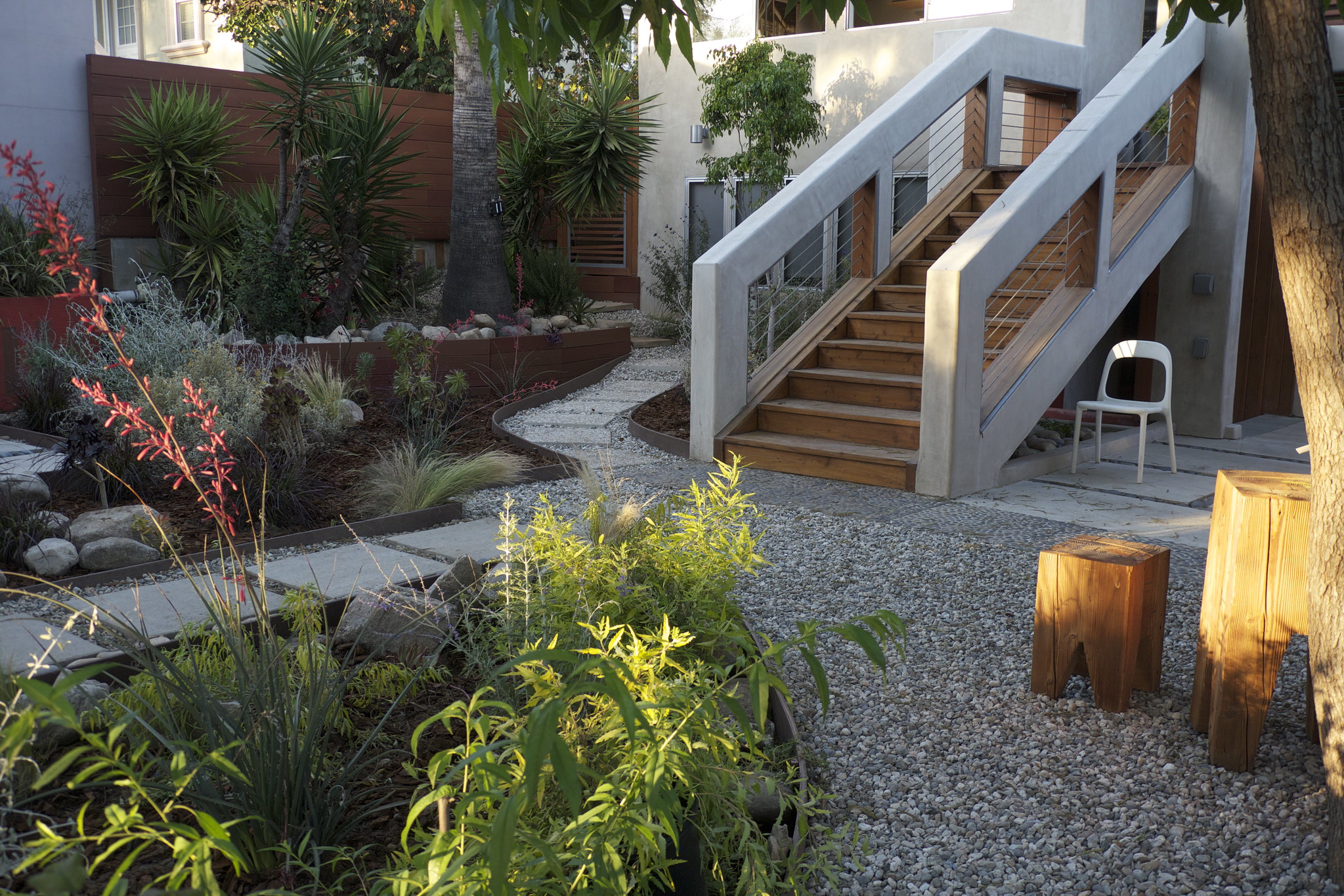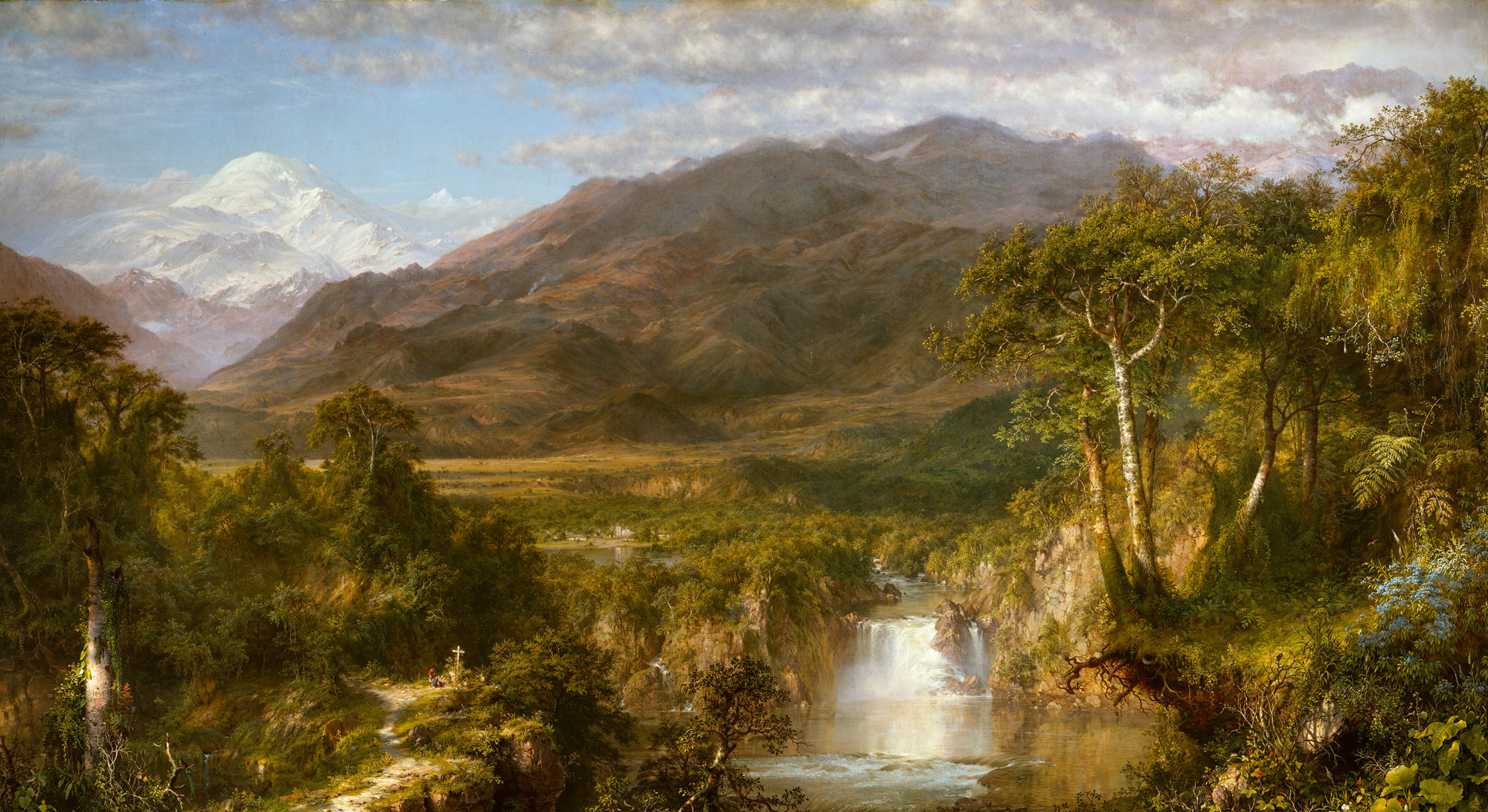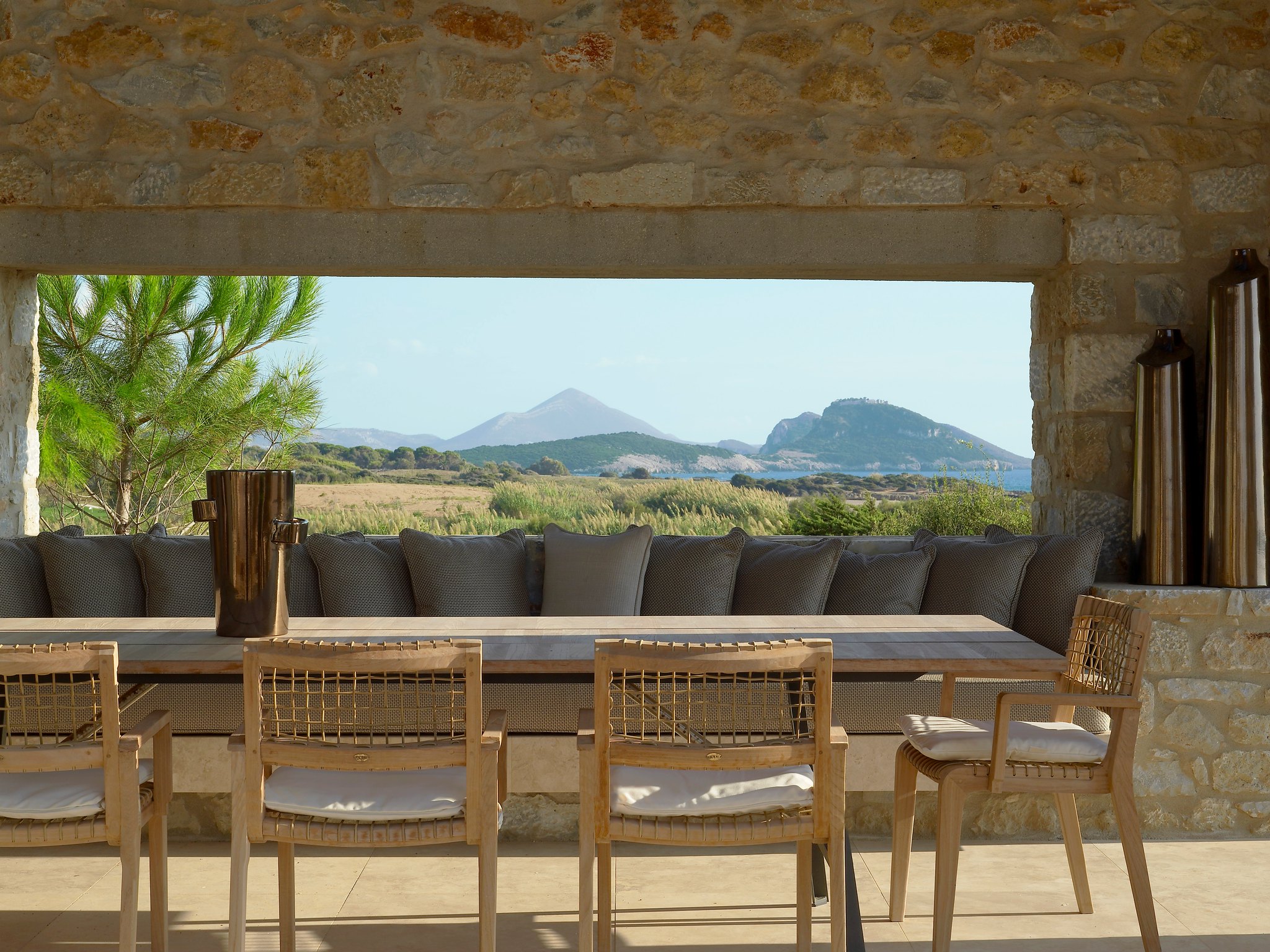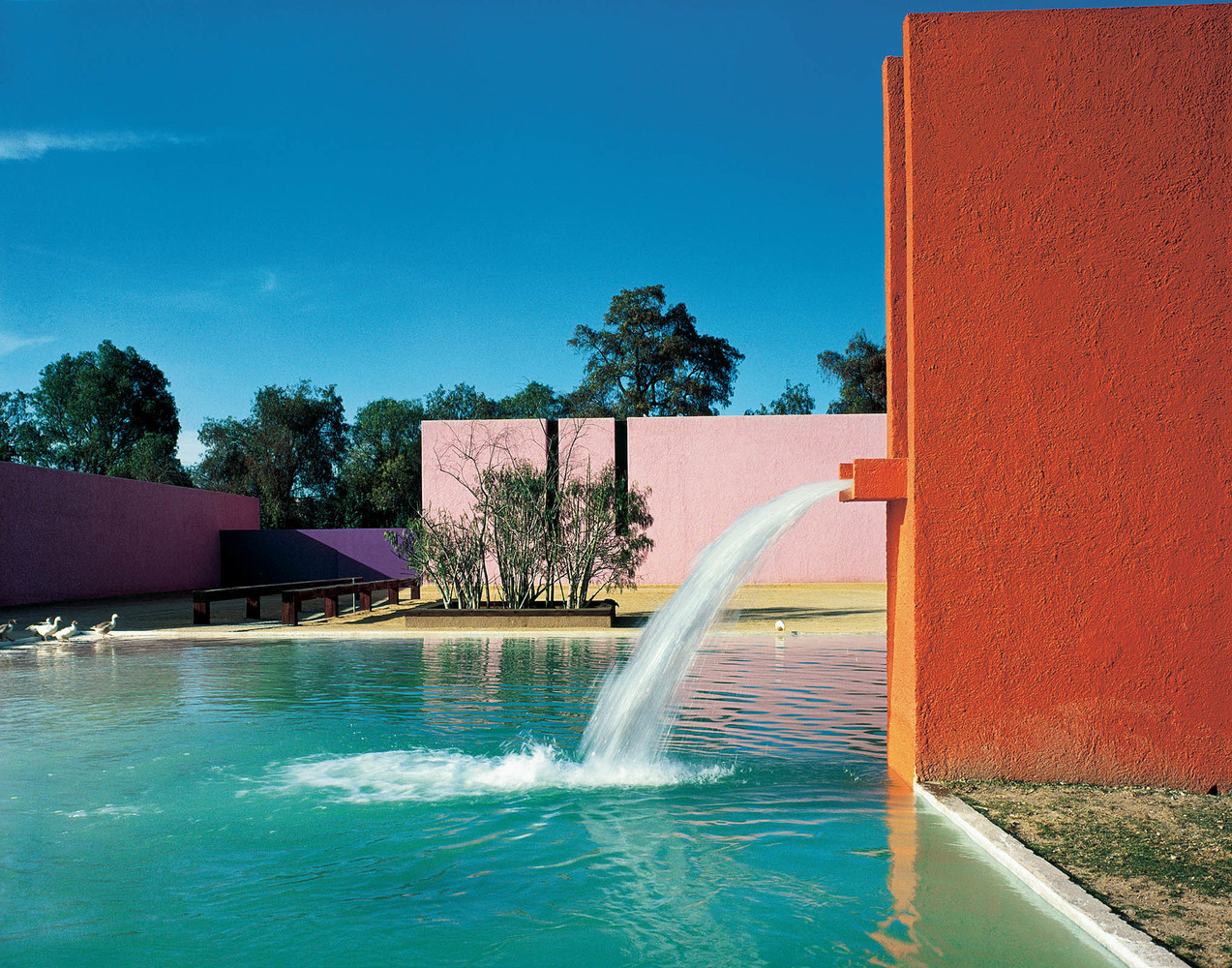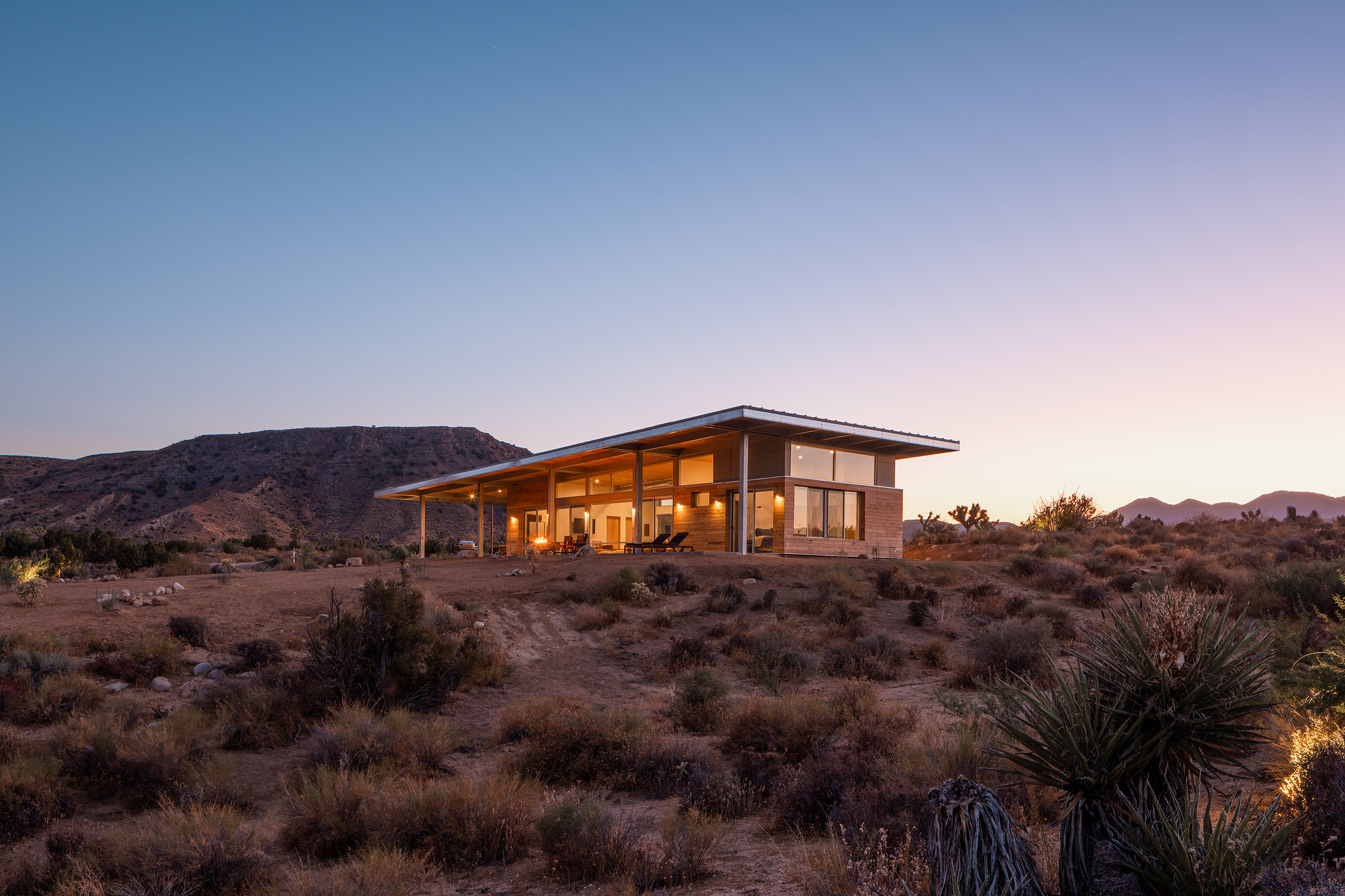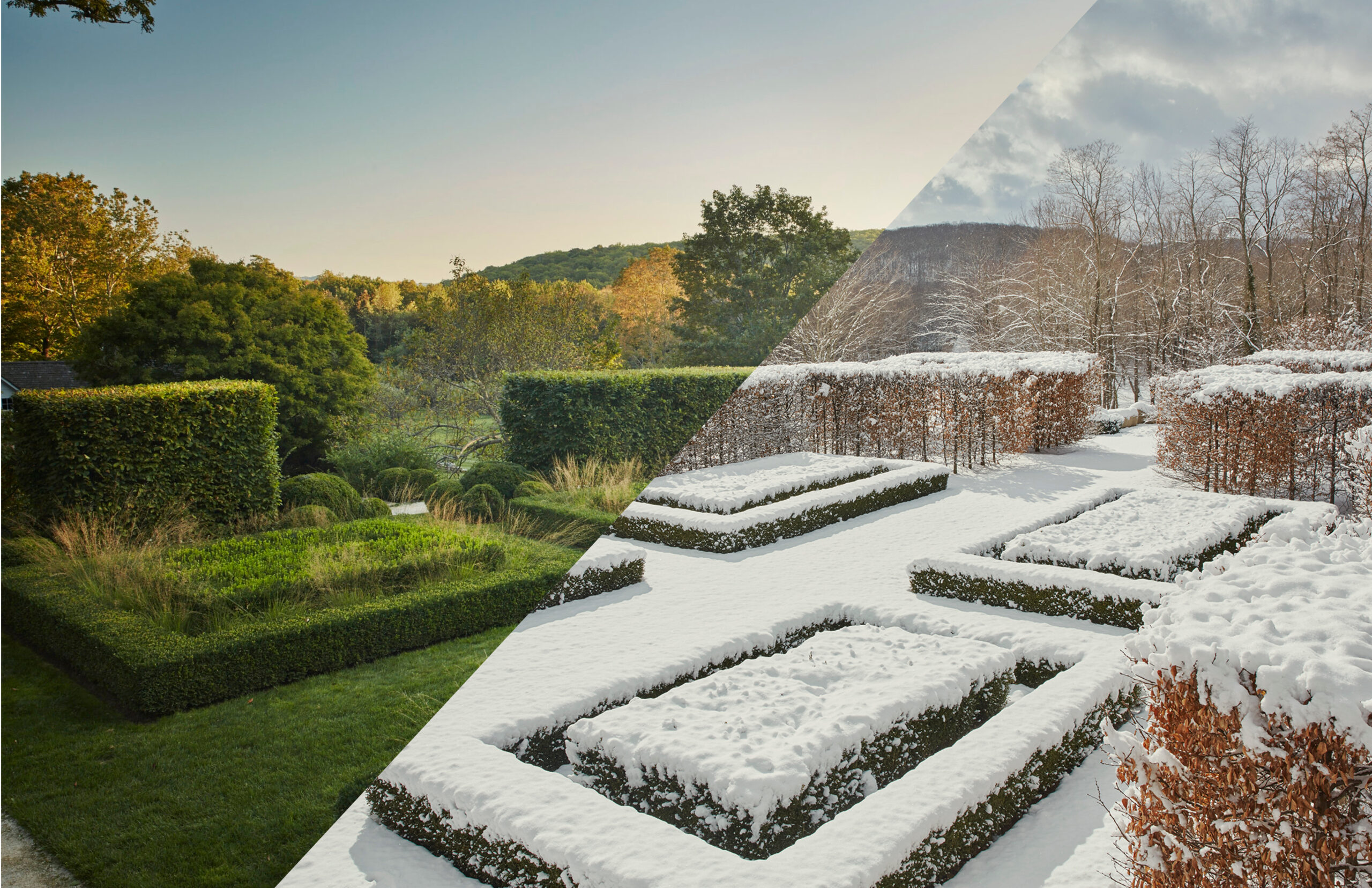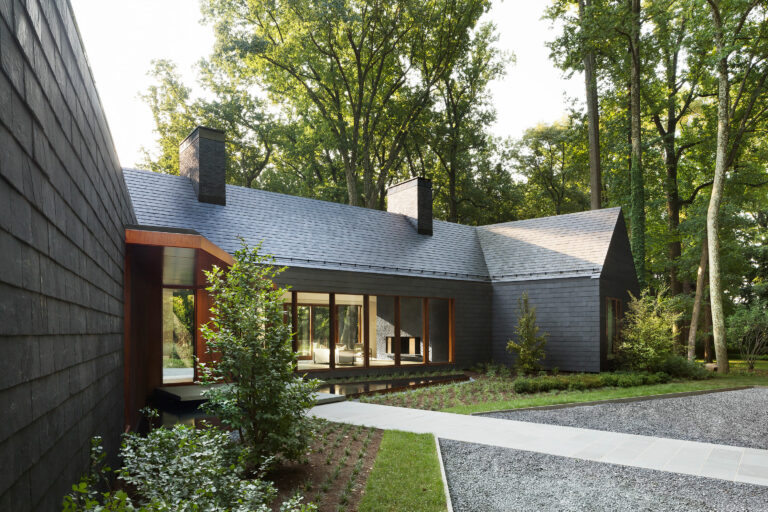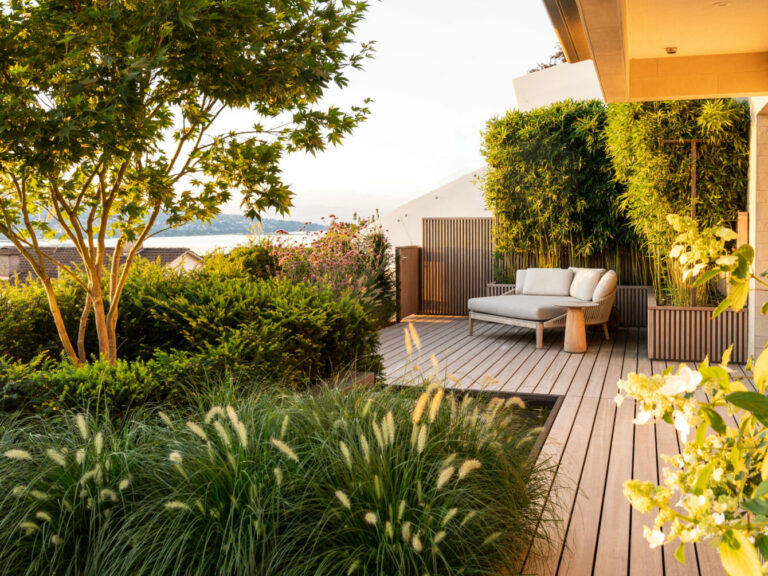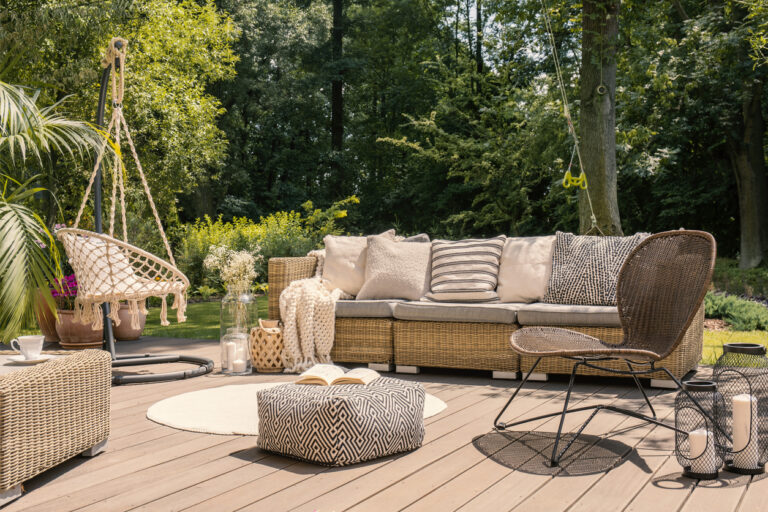During the summer months, homeowners are taking full advantage of their flowering plants in their yard – grilling, swimming and hosting late night firepits with friends and family.
Meanwhile, landscape architects and designers are constantly searching for new ways for a homeowner to enjoy their landscapes year-round, despite the season. A 4-season plant palette that provides a homeowner with year-round interest will be a job well-done, especially during winter when vegetation is dormant.
When winter interest is mentioned in the landscape industry, we commonly think of evergreens – a type of plant with year round interest, deep green foliage, noteworthy textures and characteristics that add depth to any garden.
While evergreens are a go-to plant that provide a scenic green look during the winter, landscape designers should consider plants that have interesting scale, structure and texture, too – whether these characteristics include interesting bark, persistent berries, unique twig structure or colorful stems.
Piet Oudolf is a Dutch garden designer and leading figure of the New Perennial Movement, a movement that begins by blurring the boundaries within a yard to favor a “more natural flow of closely-planted and grouped perennials”.
In a New York Times article, “Q&A: Piet Oudolf on Designing a Winter Garden”, Piet Oudolf was quoted to frame the way you think about a garden. “You think in terms of decay and disappearing and coming back. You feel the life cycle of nature.”
Click here to read additional “Ways to Add Winter Interest to a Landscape”
10. Silvergrass / Miscanthus sinensis
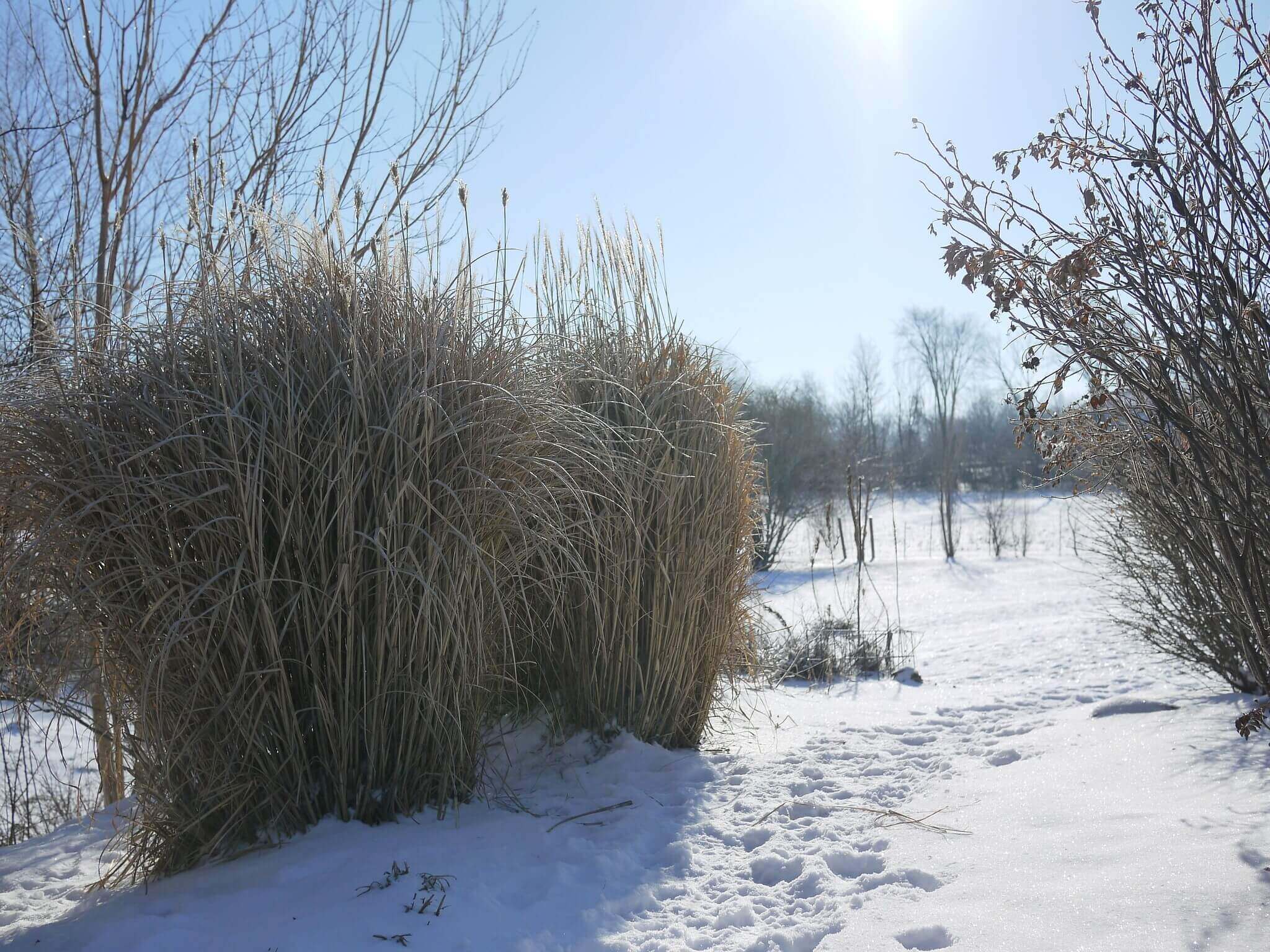
Miscanthus sinensis is a perennial grass, and it’s well known for its unusual growth habit. It is also one of the most common species in the genus Miscanthus. It has become naturalized in Europe, North America, and much of South America. This plant is grown for its ornamental value because it forms large clumps of tall stems in the fall when in flower, transforming to dried plumes in winter.
Miscanthus sinensis is a perennial grass that is commonly used in landscaping. It has a variety of uses, and can be either planted or grown from seed. It is a popular choice for landscapers, and there are many varieties available. This ornamental grass is commonly used in landscapes and it features broad leaves and plumes of pink flowers in fall. Miscanthus can be used as a standalone specimen plant, or in mass plantings for added impact. It is hardy in zones 5-9.
- Type: Ornamental Grass
- Zone: 5 to 9
- Sun: Full Sun to Part Shade
- Water: Medium
- Maintenance: Low
- Attracts: Birds
- Tolerates: Drought, Erosion, Dry Soil, Black Walnut, Air Pollution
Noteworthy Characteristics: Turns attractive yellow to orange by mid fall before turning to beige-tan in winter. Cut foliage at base in late winter.
9. Hessei Cotoneaster / Cotoneaster hessei

Cotoneaster hessei is a ground-covering plant that will grow in almost any landscape. It has a double row of bright red berries in the winter and attractive purple foliage in the summer. The form of the shrub has light gray-green leaves and produces white flowers in the spring.
This deciduous shrub typically grows 3-6’ tall and equally as wide. A younger Cotoneaster hessei plant has attractive red stems and foliage which turns green with age. Clusters of white flowers appear in late spring to early summer, followed by small, round, acid red fruit. This versatile shrub can be used for hedging, screens, or massing in borders. It transplants easily and tolerates drought, clay soil, and air pollution. Cotoneaster hessei should not be over pruned because it may take several years for it to recover.
- Type: Deciduous Shrub
- Zone: 4 to 7
- Sun: Full Sun to Part Shade
- Water: Medium
- Maintenance: Low
- Attracts: Birds
- Tolerates: Rabbit, Drought, Air Pollution
Noteworthy Characteristics: Small red fruits mature in late summer and persist until late fall while some abundant fruit may persist into winter. The evergreen junipers we know and love are not only beautiful, but also highly versatile plants.
8. Juniper / Juniperus x pfitzeriana
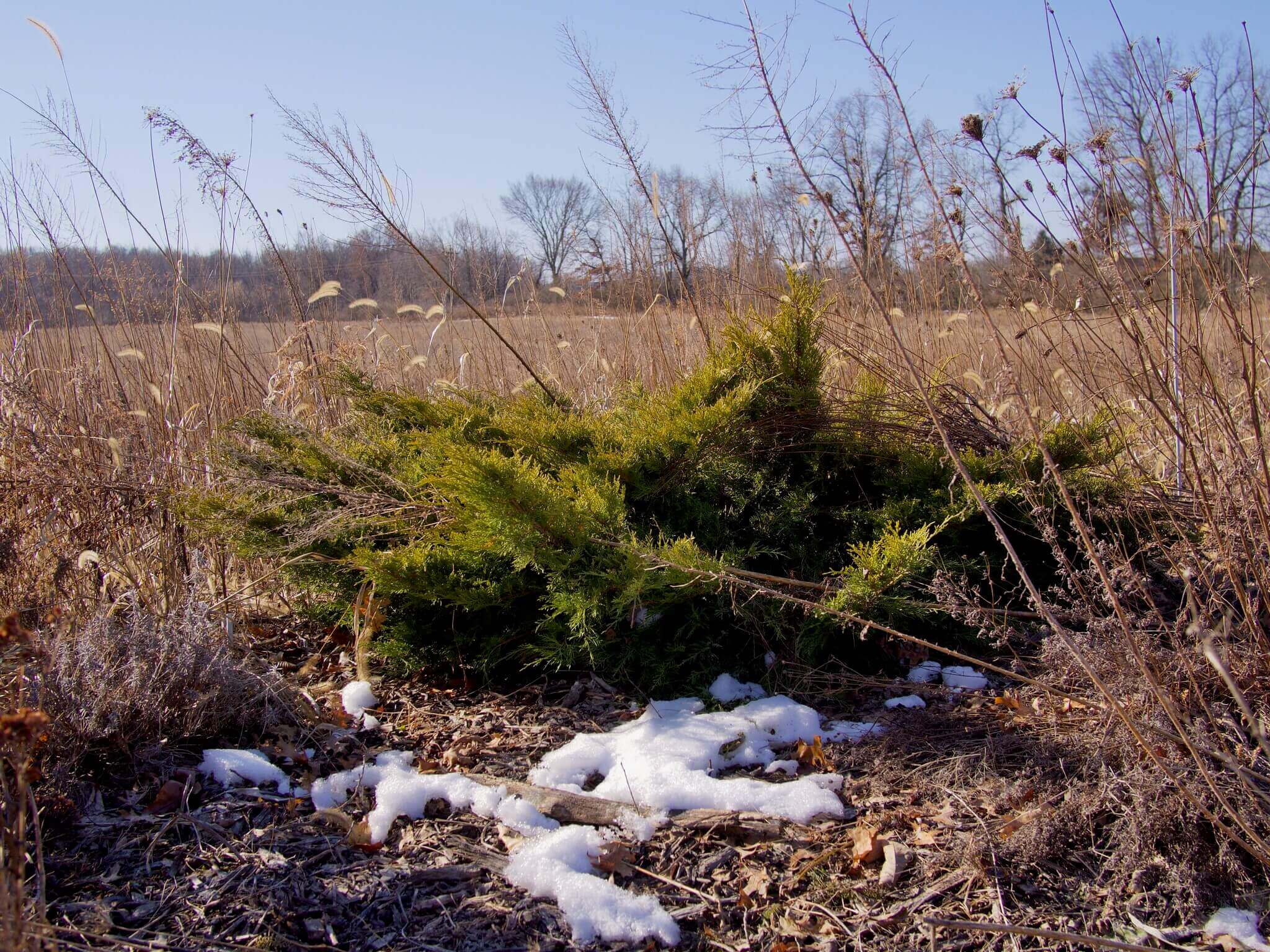
Juniperus x pfitzeriana, also known as the Pritzier’s Juniper or Prostrate Juniper, is a low-growing juniper with a spreading habit and a dense, needle-like foliage. These slow-growing evergreen shrubs are often grown in rock gardens. Rock gardens are commonly found in Mediterranean climates.
This versatile shrub can be used in a variety of applications, from foundation plantings to mass plantings. And because it’s drought tolerant, you can count on it to stay beautiful even in times of drought. This hybrid juniper can thrive in a variety of climates, and it features beautiful silver-green foliage that makes it perfect for adding interest to any landscape.
- Type: Evergreen Shrub
- Zone: 4 to 9
- Sun: Full Sun
- Water: Medium
- Maintenance: Low
- Attracts: Birds
- Tolerates: Deer, Drought, Erosion, Dry Soil, Shallow-Rocky Soil, Air Pollution
Noteworthy Characteristics: The wide-spreading, compact evergreen shrub has a structure with 45-degree angles branches that provide winter interest throughout the season.
7. Rattlesnake Master / Eryngium yuccifolium

Eryngium yuccifolium, or more commonly called the American sea holly, is a plant that can often be found growing in salt marshes. This plant’s stem appears to have leaves running up and down it, but it is actually one long leaf with many small lobes along its length. It has a very tough skin that helps protect the plant from drying out when it grows in hot, dry conditions.
If you’re looking for a unique and eye-catching addition to your garden, look no further than eryngium yuccifolium. Also known as the snakeweed, this plant is sure to turn heads with its spiky silver foliage and tall spikes of purple flowers, drying in winter for interest. It’s perfect for adding interest and texture to any landscape design. Best of all, it’s easy to grow and care for. So if you’re looking for something a little different, be sure to add some snakeweed to your garden!
- Type: Herbaceous Perennial
- Zone: 3 to 8
- Sun: Full Sun
- Water: Dry to Medium
- Maintenance: Low
- Bloom: Greenish-white
- Tolerates: Drought, Erosion, Clay Soil, Dry Soil, Shallow-Rocky Soil
Noteworthy Characteristics: Foliage and flowers are finely cut and has tiny, flower heads that appear in branched clusters typically rising 3-4′ high.
6. Big Bluestem / Andropogon gerardii
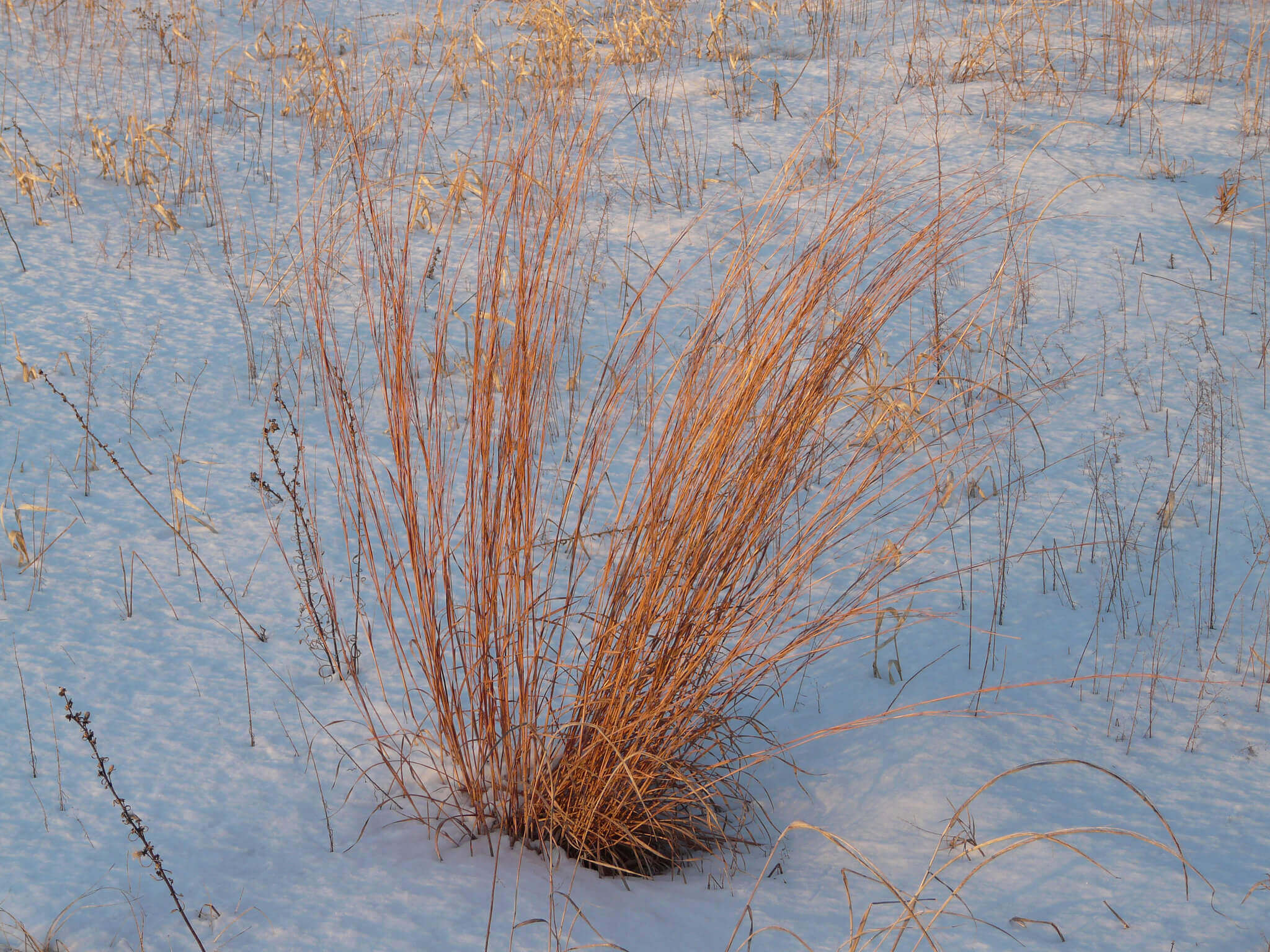
Andropogon is a genus of grasses, many of which are commonly called bluestems. Bluestems live in prairies and open woodlands across North America and Eurasia. They prefer full sun to partial shade. It is an important plant for many reasons. For one, it has a distinctive appearance that provides great winter interest to landscapes or flower gardens. It also has an intriguing history that dates back to when Native Americans were using it for medicinal purposes.
If you’re looking for a tough, low-maintenance grass that can take drought and some wear and tear, look no further than Andropogon gerardii. Also known as big bluestem, this grass is perfect for zones 5 through 9. It grows quickly and spreads by rhizomes, so it’s great for establishing a quick groundcover. Best of all, it doesn’t need much care—just occasional watering and mowing.
- Type: Ornamental Grass
- Zone: 4 to 9
- Sun: Full Sun
- Water: Dry to Medium
- Maintenance: Low
- Leaf: Good Fall
- Tolerates: Deer, Drought, Erosion, Dry Soil, Black Walnut, Air Pollution
Noteworthy Characteristics: Flowering stems turn reddish brown with purple tones after frost. Cut grass to ground in late winter before new shoots appear.
Landscape Architecture Books
5. Blue False Indigo / Baptisia australis
The Baptisia australis is a perennial plant which can grow to be taller than 5 feet and has a large group of white flowers on top of the plume. This plant is also known as false indigo and wild indigo. This plant is native to North America and is found in open meadows, woodlands, stream banks, and rocky hillsides. It grows best in wet to moist soil with partial or full sun.
If you’re looking for a beautiful, hardy perennial to add to your landscape design, look no further than baptisia australis. Also known as blue false indigo, this plant is native to the southeastern United States and can thrive in a variety of climates. It produces spikes of purplish-blue flowers in the springtime, making it a coveted addition to any garden. Best of all, baptisia australis is relatively low maintenance and will continue to grow and flower year after year. So if you’re looking for a showstopper for your next landscape project, be sure to include baptisia australis!
- Type: Herbaceous Perennial
- Zone: 3 to 9
- Sun: Full Sun to Part Shade
- Water: Dry to Medium
- Maintenance: Low
- Attracts: Butterflies
- Tolerates: Rabbit, Drought, Erosion, Clay Soil, Dry Soil, Shallow-Rocky Soil
Noteworthy Characteristics: Once the root system is established, flowers turn charcoal black when ripe and have ornamental interest in winter, as well as dried arrangements.
4. Musclewood / Carpinus caroliniana
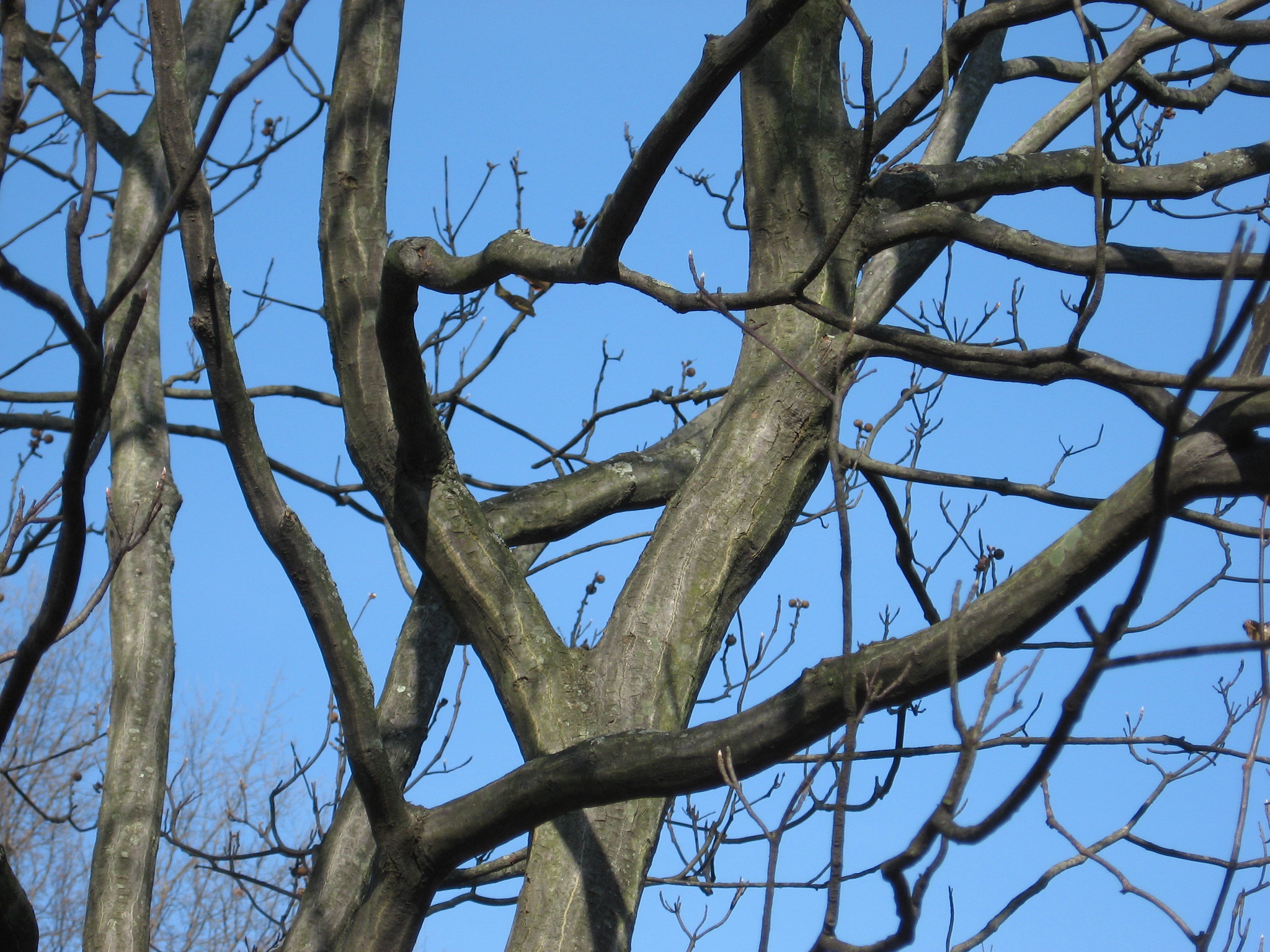
The common name for the Musclewood or Carpinus caroliniana tree is American Hornbeam. It is a deciduous hardwood that grows to have a streamlined habit and a medium-sized canopy. There are several benefits to planting one in your backyard or local park, including the fact that it does not flower–nor does it produce seeds.
The American hornbeam tree is a relatively small, spreading tree with a dense crown of leaves that makes it ideal for use as a street tree or in the yard. It has a straight trunk that rises to a prominent narrow crown and pendulous branches. The bark is rough and grayish brown, marked with small round scars from fallen branches and twigs. Leaves are a smooth dark green atop, they are a light green beneath, and they turn bronze in fall.
- Type: Deciduous Tree
- Zone: 3 to 9
- Sun: Part Shade to Full Shade
- Water: Medium
- Maintenance: Low
- Attracts: Birds
- Tolerates: Clay Soil, Black Walnut
Noteworthy Characteristics: The smooth gray trunk resembles a muscle-like appearance with distinctive tree structure. Catkins turn yellow, orange in fall and can persist in early winter.
3. Purple Coneflower / Echinacea purpurea
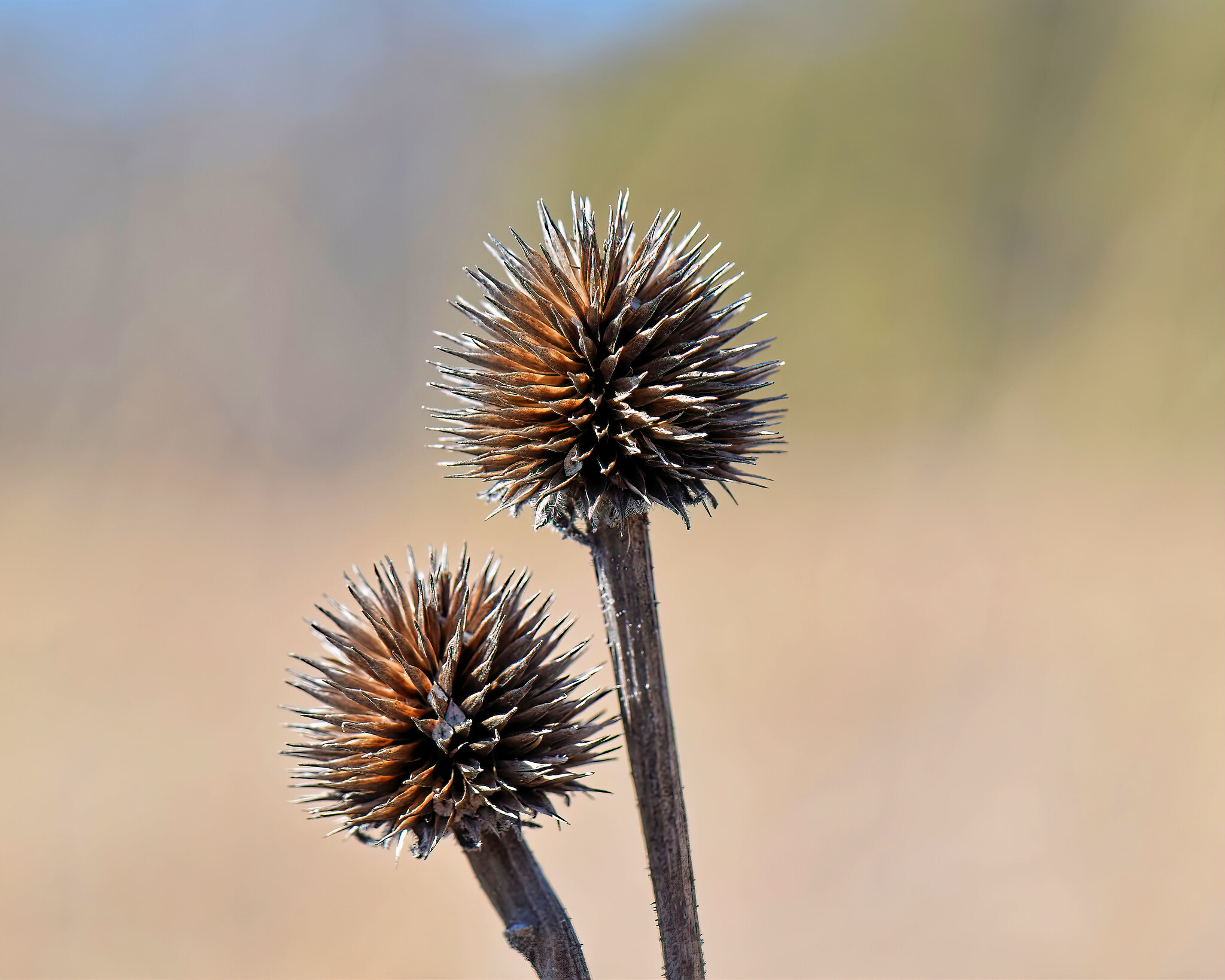
Landscape designers and landscape architects know that adding echinacea purpurea to a garden is a great way to boost its beauty and functionality. This herbaceous perennial flower grows in clumps, reaching heights of around three feet tall, with blooms that come in shades of pink, white, and purple.
Echinacea purpurea is perfect for borders, gardens, and meadows, and it’s also known for its beneficial health properties – the oil extracts can be used to treat anything from the common cold to anxiety! So if you’re looking for an easy-to-grow flower that will add color, interest and health benefits to your garden, echinacea purpurea should definitely be at the top of your list.
- Type: Herbaceous Perennial
- Zone: 3 to 8
- Sun: Full Sun
- Water: Dry to Medium
- Maintenance: Low
- Attracts: Birds, Butterflies
- Tolerates: Deer, Drought, Clay Soil, Dry Soil, Shallow-Rocky Soil
Noteworthy Characteristics: Dead flower stems will remain well into winter and if flower heads are not removed at the end of the season, the cones may attract birds during winter that feed on seeds.
2. Smooth Hydrangea / Hydrangea macrophylla
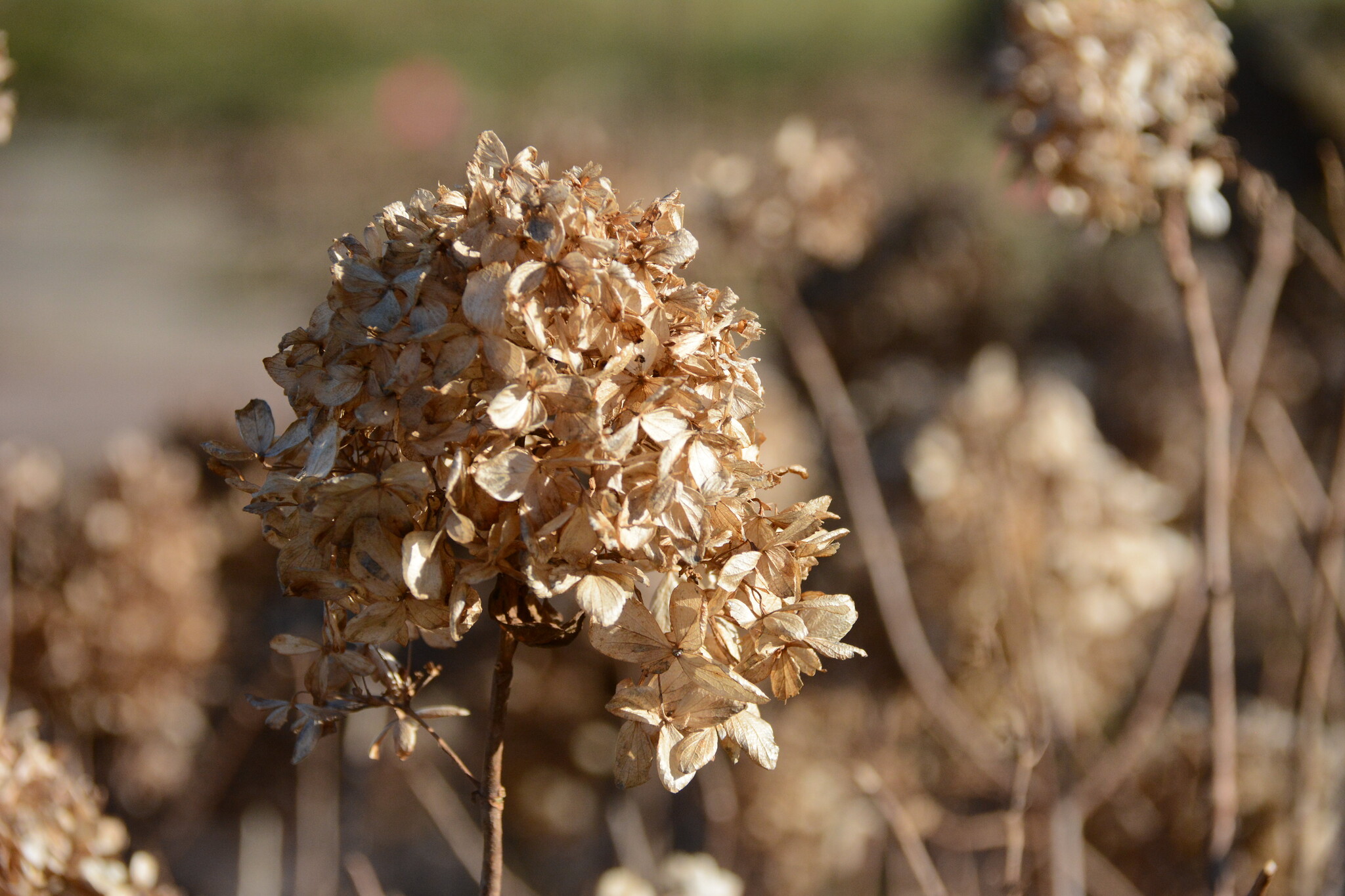
While there are many different types of hydrangeas, Hydrangea macrophylla is one of the most popular. This type of hydrangea can be found in a variety of colors, including: blue, pink, and white. They typically bloom in the summertime and can grow to be quite large. If you’re looking for a beautiful flowering shrub for your landscape, Hydrangea macrophylla is definitely worth considering!
If you want to see flowers during the winter, you can prune your Hydrangea macrophylla after it blooms. This shrub can be pruned in August or in spring. Make sure to prune only the new growth. This plant will flower on old wood. You should avoid transplanting young plants into cold climates. Unless you live in Zone 5 or above, you should protect the stems from extreme cold temperatures.
- Type: Deciduous Shrub
- Zone: 3 to 9
- Sun: Part Shade
- Water: Medium to Wet
- Maintenance: Low
- Attracts: Birds, Butterflies
- Tolerates: Rabbit, Erosion, Clay Soil, Dry Soil, Wet Soil, Shallow-Rocky Soil, Black Walnut
Noteworthy Characteristics: Spent flowers may be left on stems for winter interest with dried flower blooms.
Landscape Design Courses
1. Red Twig Dogwood / Cornus sericea
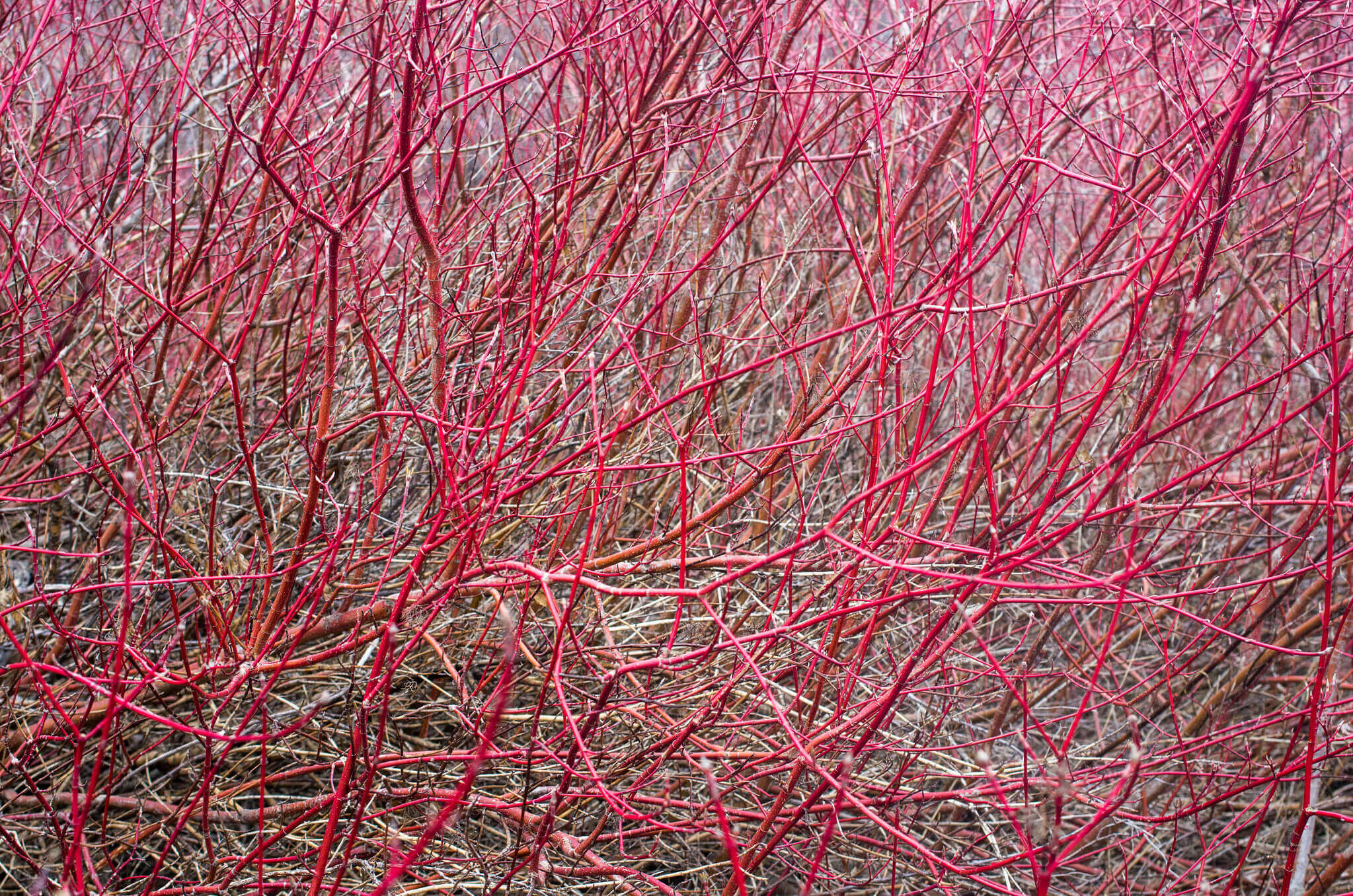
Cornus sericea is a native shrub that is often used in landscape design. It has small white flowers and red berries, and it grows in USDA hardiness zones 4 through 8. It can be used as a ground cover or hedge, and it is resistant to drought and pests. Cornwall sericea can be used to create a natural look in the landscape, and it is a popular choice for those looking for something unique.
This bright and vibrant deciduous shrub is a beautiful and underutilized specimen that is perfect for landscapes. It has a compact growth habit and white flowers in the spring that are loved by bees. Its autumn foliage is also stunning, turning a deep red-orange. Best of all, it’s drought tolerant once it’s established! So, if you’re looking for a great native shrub for your landscape, Cornus sericea is a great choice.
- Type: Deciduous Shrub
- Zone: 3 to 7
- Sun: Full Sun to Part Shade
- Water: Medium to Wet
- Maintenance: Medium
- Attracts: Birds, Butterflies
- Tolerates: Deer, Erosion, Clay Soil, Wet Soil
Noteworthy Characteristics: In late spring, tiny white fragrant flowers appear in flat-topped clusters and can persist into summer depending on region. The red stems turn bright red for winter interest amongst other flowers and are very showy against snow.
Conclusion on Winter Interest Flowers & Plants
For a colorful winter landscape, and achieving a beautiful landscape during the colder months, winter interest plants are a great choice. They will add color and flair to the landscape, accenting the beauty of the season and encouraging people to appreciate the beauty of the cold and snow.
An additional touch to your landscape can also be a bare tree. These plants provide unique shapes while also providing color and texture. These trees can also be used as privacy hedges or buffer screens. A beautiful combination of both types of tree can provide interesting color to the landscape.
An ideal choice of winter interest plants for a winter garden are evergreens. If you combine evergreens with several types of ornamental grasses, this can add textures and movement to your yard, and many varieties of these plants are useful for wildlife, providing food and shelter. These evergreen plants are a great addition to any backyard.
